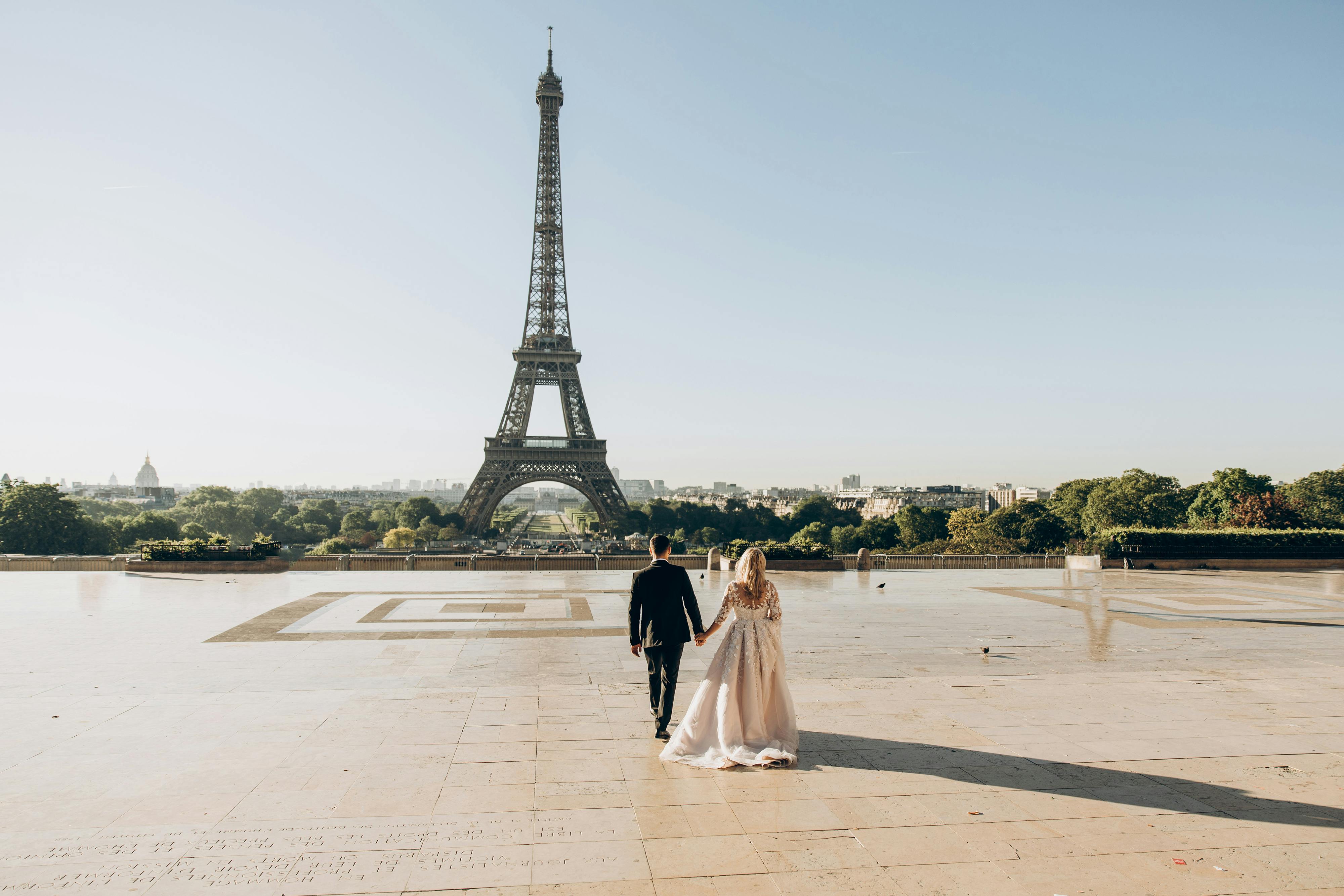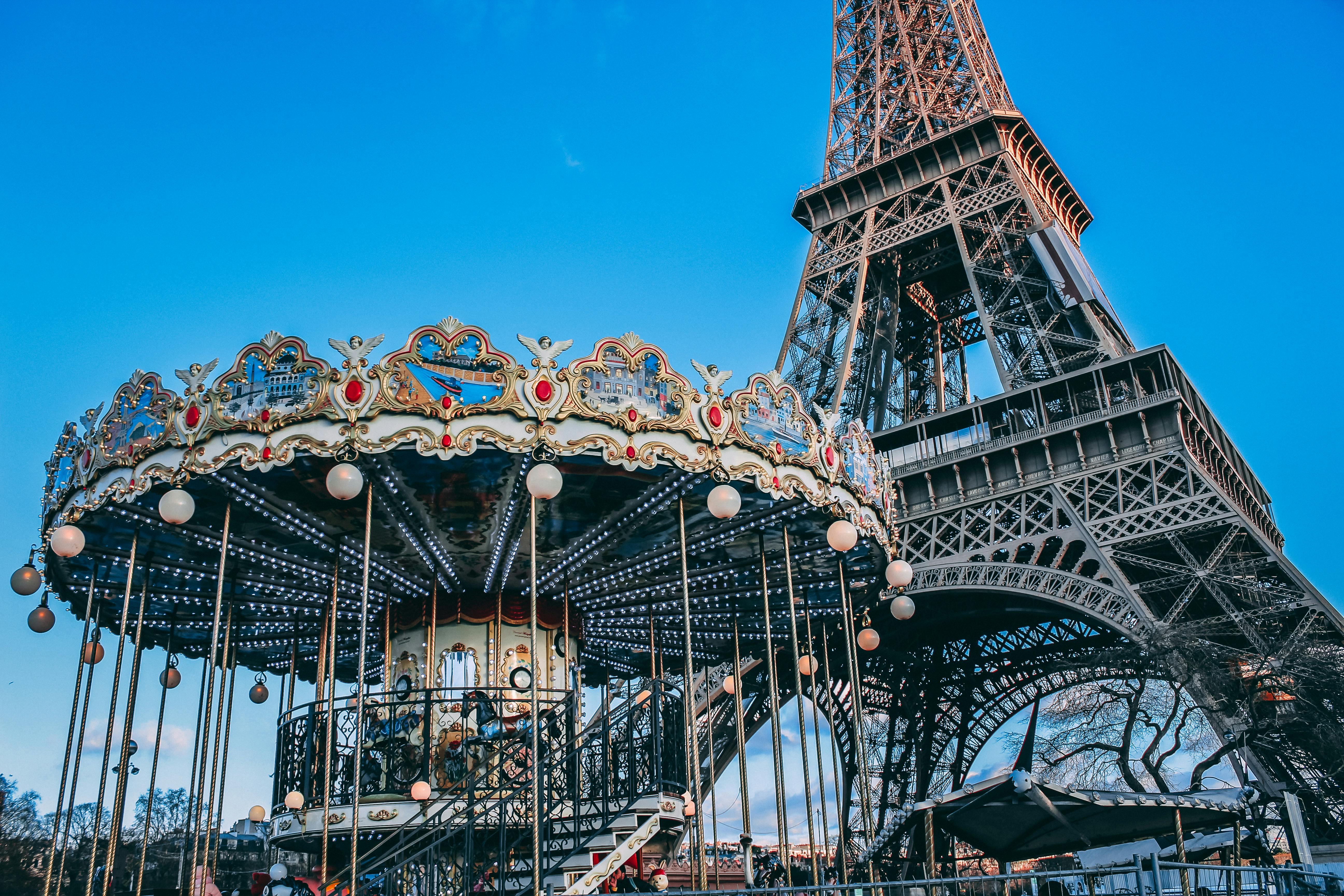Eiffel Tower History
Packing your bags for an adventure and scratching off yet another magnificent destination from your bucket-list? Well, high chances are the majestic Eiffel Tower has made its way to your itinerary. Brace yourself, as you’re about to step onto a journey through time, retracing the history of one of the world’s most recognized landmarks – the Eiffel Tower. From its inception to its monumental unveiling, this article will offer you an insightful glance at the exceptional stories, surprising facts, and fascinating evolution of the Eiffel Tower through the ages. As an adventure seeker, you’ll be armed with knowledge that extends beyond the typical tourist, appreciating not only the view from the tower but also the rich history that shadows this Parisian icon. Enlightening and comprehensive – this is your perfect guide to the astonishing Eiffel Tower history.

Design and Construction of the Eiffel Tower
The story of the Eiffel Tower is a truly fascinating one, having been born out of an architectural competition and now standing as an iconic symbol of France. Let’s delve into how it originated and what it took to construct this remarkable monument.
Origin of the Design Idea
The idea behind the Eiffel Tower stemmed from France’s desire to celebrate their industrial prowess. This intent led to the declaration of an open competition to “study the possibility of erecting an iron tower on the Champ-de-Mars near the Exposition” that would be unique in both design and enormity. The design proposed by Gustave Eiffel’s company caught the spotlight and paved the path to the tower we now admire.
Gustave Eiffel’s Involvement
While the tower is famously named after Gustave Eiffel, it was actually designed by two of his employees, Maurice Koechlin and Emile Nouguier, under his guidance and supervision. Eiffel, undeniably an influential figure, not only provided the necessary resources but also facilitated the project legally and politically.
Engineering Challenges and Innovations
The Eiffel Tower’s construction was not short of challenges; however, each complication brought with it a new feat of engineering. To counter the wind, special care was taken to create a unique arc shape with minimal wind resistance. Also, every individual part was meticulously planned and prefabricated in Eiffel’s factory to ensure precision, allowing for a smooth and swift assembly onsite.
Project Timeline
The construction spanned over two years, starting in 1887 and culminating with its formal introduction to the world at the Exposition Universelle in 1889. The tower, albeit met with initial controversy, made an exceptional mark and became the star attraction of the event.
The Controversial Acceptance of the Eiffel Tower
The Eiffel Tower was not met with open arms initially. Its revolutionary design deviated drastically from traditional architectural preferences, stirring a wave of controversy among the Parisian populace.
Initial Public Reaction
The unconventional design was initially met with outrage and ridicule, with Parisians referring to it as a monstrously tall skeleton or even a lamppost. Its stark industrial aesthetics didn’t blend in well with the city’s classic and timeless architectural landscape which rubbed quite a few the wrong way.
Artists’ Petition Against the Tower
A group of prominent artists and intellectuals expressed their disdain for the structure openly through a published protest letter. They criticized its towering height as obscuring the city’s historic skyline, and its iron body as cold and unattractive.
Transition From Hatred to Iconic Status
Over time, as people somewhat got accustomed to its monolithic presence, its functionality came to be appreciated. Post its role in the Exposition Universelle, the tower slowly started to weave itself into the fabric of Paris’s cultural identity, from where it only gained adoration and iconic status.

The Eiffel Tower during the 1889 Exposition Universelle
The Eiffel Tower played a significant role during the 1889 Exposition Universelle and skyrocketed to fame due to its strategic usage during the event.
Role in the Exhibition
Gustave Eiffel ingeniously utilized the tower as the entrance arch to the Exposition Universelle, making it impossible for the visitors to ignore its grandeur. In addition, the tower provided panoramic views of the city, which was a unique attraction in itself.
Public Reception and Visitor Experience
Despite the initial controversy, the tower became a hit among the exhibition’s visitors. Tourists flocked to the tower to experience the magnificent view of Paris from its top.
Importance in The World’s Fair History
The tower’s successful debut at the Exposition Universelle adds to its historical significance. It grew to become a symbol of technological and architectural achievement, offering proof that daring and innovation can strike a chord with the world.
The Eiffel Tower in the 20th Century
The Eiffel Tower had an impactful run throughout the 20th century, playing important roles during two world Wars and undergoing various renovations and upgrades.
Role During the Two World Wars
During World War I, the tower served as a military observation post and a strategic communication center. In World War II, it held a silent yet powerful protest when the French cut its elevator cables to deter Hitler from reaching its summit.
Notable Events and Celebrations
Throughout the 20th century, the tower was the backdrop of many historical moments, including the turning of the millennium, and hosted significant celebrations from Bastille Day fireworks to light shows.
Renovations and Modernization
Several renovations were carried out in the 20th century, including the installation of an elevator system providing easier access to all levels, the addition of the beacon light, and the installation of modern broadcasting systems.

Scientific Use of the Eiffel Tower
The Eiffel Tower isn’t just an architectural marvel; it has long been a part of scientific endeavors and explorations.
Weather Observations
One of its early scientific uses was as a meteorological observatory, collecting data about wind speed and direction, air quality, temperature, and atmospheric pressure.
Radio Broadcasting Station
The tower was later converted into a giant broadcasting antenna, facilitating both military and civilian communication.
Scientific Experiments Conducted
Over the years, numerous experiments have been conducted at the tower — from conducting physics experiments to astronomical observations.
The Eiffel Tower as a Cultural Icon
Today, this iron edifice stands as a powerful symbol of France’s industrial prowess and serves as an inspiration for countless other structures worldwide.
Symbolism in French Culture
The Eiffel Tower is deeply embedded in the French identity as a testament to their industrial achievements, engineering ingenuity, and cultural depth. It’s a beacon symbolizing Paris, radiating its charm around the world.
Appearances in Films and Literature
Is it even a movie set in Paris if it doesn’t feature the Eiffel Tower? The tower has been immortalized in countless films, books, and works of art, contributing significantly to its global fame and identification with the city of Paris.
Inspiration for Other Structures
The Eiffel Tower has inspired numerous other structures worldwide, such as the Tokyo Tower in Japan and The Parisian Macao in China, showcasing its influence as an architectural icon.

Preservation and Constant Maintenance of the Eiffel Tower
The ongoing preservation and maintenance of the tower are critical to its survival and public appeal.
Restoration Efforts
From repairing the visible wear and tear to the mandatory repaint every seven years, extensive restoration efforts are continually made to keep the tower in its prime condition.
Environmental Measures
Green initiatives, like the installation of wind turbines, solar panels, and rainwater collection systems, work towards reducing the tower’s environmental impact.
Health and Safety Precautions
Given its stature as one of the world’s most visited landmarks, several safety features, including lightning rods, high-end surveillance systems, and robust evacuation plans, are installed to ensure visitors’ safety.
The Eiffel Tower Today
Now, the Eiffel Tower stands as an irresistible attraction for visitors around the globe and continues to play multiple roles in French society.
Tourism Impact and Visitor Experience
With over seven million annual visitors, the tower significantly contributes to the French tourism economy. Providing stunning views of the city, exquisite dining options, and a captivating historical narrative, the tower guarantees an unparalleled visitor experience.
Current Uses of the Eiffel Tower
Apart from being a prime tourist attraction, the tower functions as an event venue, a broadcasting antenna, and continues to facilitate scientific research.
Role in French Society
Proudly dotting the Parisian skyline, it stands tall not just as a physical structure but as a source of national pride and identity.

Interesting Facts about the Eiffel Tower
There’s more to the Eiffel Tower than what meets the eye. Some intriguing trivia attest to its interesting history and unique aspects.
Trivia about Design and Construction
Did you know the tower is made up of over 18,000 individual iron pieces and held together by more than 2.5 million rivets? It’s a testament to the exceptional planning and labor involved in its construction.
Records Held by the Eiffel Tower
Once the tallest man-made structure in the world, the tower held this record for 41 years until the completion of the Chrysler Building in New York City.
Unusual Events and Stories
From famous daredevils scaling its heights to unique marriage proposals, the tower has witnessed its fair share of unusual events and stories.
Future Plans for the Eiffel Tower
The legacy of the Eiffel Tower is continually being shaped with plans for the future that aim to ensure its sustainability and relevance.
Planned Renovations and Upgrades
Key plans include the modernization of the visitor’s experience, with digital and interactive features for tourists, and reinforcement works to ensure the tower stands tall for generations to come.
Proposed Uses and Activities
There are proposals for enhancing the usage of the tower as an event space, including sprawling exhibitions, concerts, and sporting events.
Sustainability Goals and Initiatives
With a long-term focus on environmental sustainability, future plans include efforts to further reduce its ecological footprint through energy-efficient upgrades and waste reduction measures.
And there you have it, an exciting walk through the history, significance, and future of the Eiffel Tower. From controversy to icon, the tower has braved it all. It not only stands tall as a testament to human potential but also continues to inspire and fascinate millions across the globe.




